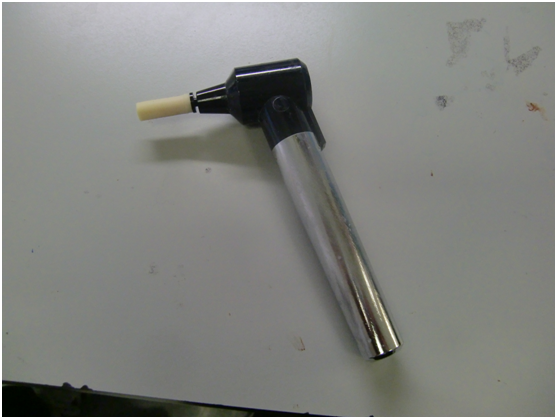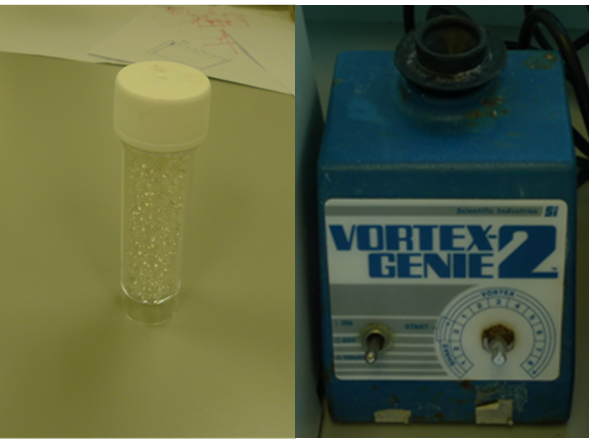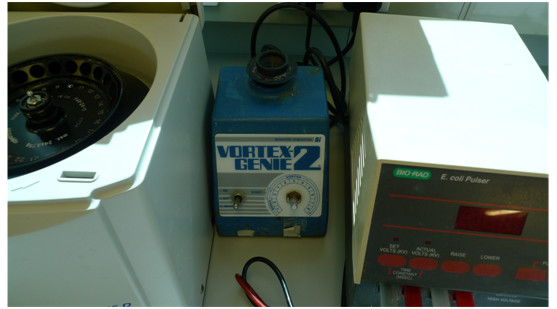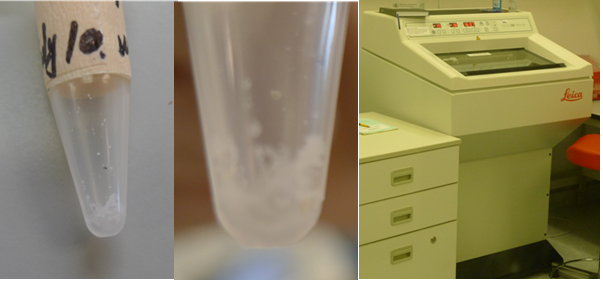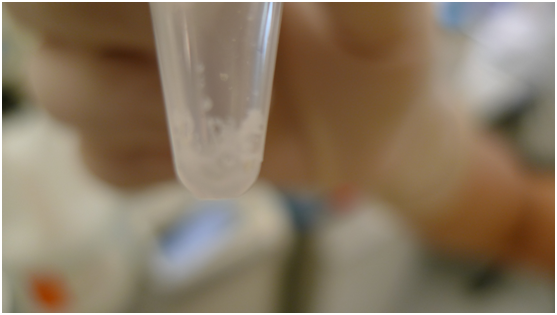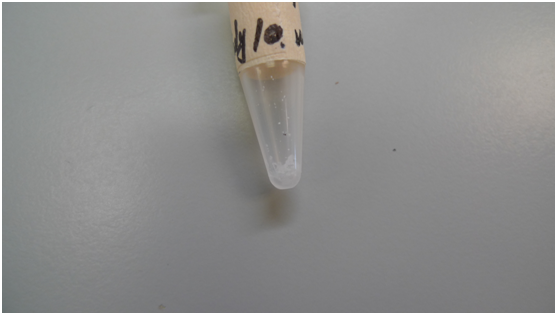Team:HKU-HKBU/Motor Preliminary Trials
From 2009.igem.org
(→Binding performance test using a membrane) |
(→Binding performance test using a membrane) |
||
| Line 9: | Line 9: | ||
Step1. The fragmentation of the Immobolin-P membrane with the help of a mini-homogenizer | Step1. The fragmentation of the Immobolin-P membrane with the help of a mini-homogenizer | ||
| - | [[Image:HKU-HKBU_motor_results_1.png| right | thumb | | + | [[Image:HKU-HKBU_motor_results_1.png| right | thumb |150px]] |
<gallery align="center">Image:HKU-HKBU_motor_results_2.png | <gallery align="center">Image:HKU-HKBU_motor_results_2.png | ||
Image:HKU-HKBU_motor_results_3.png | Image:HKU-HKBU_motor_results_3.png | ||
Revision as of 07:30, 21 October 2009
Binding performance test using a membrane
We used Immobilon-P transfer membrane to evaluate the performance of streptavidin-biotin binding of bacteria onto a surface. Before cutting apart the membrane into small pieces, pre-activation should be applied to it first (see protocols membrane biotinylation). After the pre-activation, the membrane was first sheared into strings manually by using scissors, with the width and thickness being approximately 100μm. We then used Leica-crytomicrotome to cut the “threads” into even smaller fragments, with the length of which being 60μm. A binding performance testing device demension was aproximately 100μm×60μm×100μm. Since the surface of membrane had already been activated, the polar-expression bacteria could bind onto such biotin-coated motors.
Step1. The fragmentation of the Immobolin-P membrane with the help of a mini-homogenizer
 "
"

